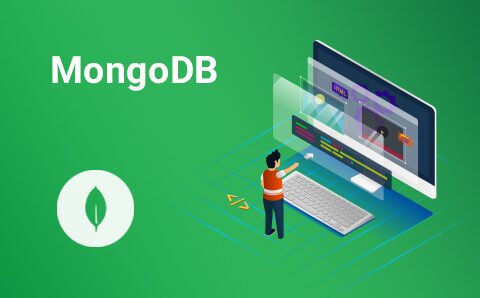For the students who are interested in NoSQL databases and MongoDB, Summer Internship on MongoDB in Kolkata certification course is a wonderful opportunity. Get enrolled in this course to take your skillset to a new height. You will learn how to model, ingest, query, replicate, and share data under this MongoDB training course. Besides learning MongoDB configuration and backup methods, you will also learn how to monitor and operate it. A 45-hour course is included in this comprehensive internship. Explore the course under the guidance of industry experts. Our goal is to help students in achieving their dreams.
We provide MongoDB training to help learners learn the major features of MongoDB so they can develop error-free applications. Our MongoDB online course starts with a hands-on exercise on installation and administration and then shows you how to configure the database to communicate with your IDE or programming language. Euphoria GenX summer internship on MongoDB includes:
Learn how to develop MongoDB-based applications
Complete design of a MongoDB database
Developing applications using MongoDB
Examining the key attributes and advantages of MongoDB over RDBMS databases
Analyzing the differences between RDBMSs and NoSQLs
Developing and running applications
Therefore, choose the right platform to make your career bright.



































